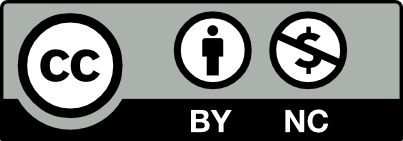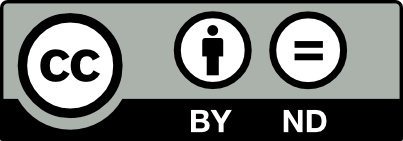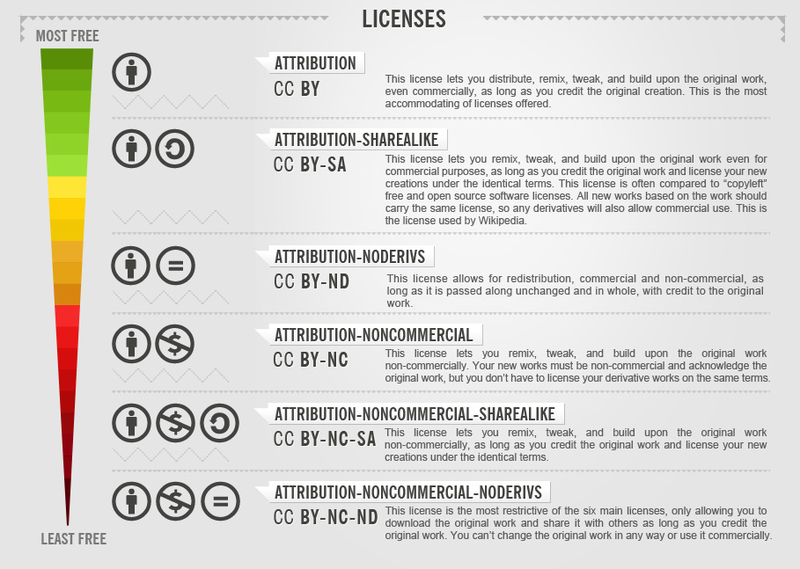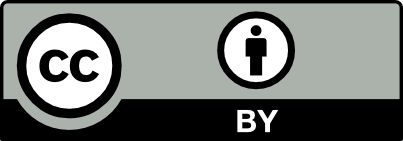Open Educational Resources & Copyright Essentials for Instructors
Open Educational Resources & Copyright Essentials for Instructors
- DSI CLEAR
- Teaching Resources
- Theory & Practice
- Methods for Continuous Improvement
- Using AI in the Higher Education Classroom
- Invisible Labor and Faculty Retention Since COVID-19
- Inclusive Discussions
- Inclusive Assessment
- Designing Assessments for Academic Integrity
- Inclusive Instructional Strategies
- Instructor Presence in the Online Classroom
- Tips for Providing Personalized Feedback to Students
- Course Design for Student Retention
- UNT's CLAW 3 Active Learning Classroom Instructional Guide
- UNT Faculty Teaching & Learning Resource Guide
- Growth Mindset in the Higher Education Classroom
- Course Outcomes & Objectives
- Multimedia Course Design for Student Engagement and Retention
- Level Up Learning With Portfolios
- Group Work in Higher Education: Benefits & Practices for Success
- Open Educational Resources & Copyright Essentials for Instructors
- Evaluating OER Resources
- Accessibility Online
- Copyright Guide
- Online Teaching
- UNT Syllabus Template
- Teaching Consultation Request
- Open Educational Resources & Copyright Essentials for Instructors
- Evaluating OER Resources

Open Educational Resources & Copyright Essentials for Instructors
Copyright is important to consider when teaching because of our role in introducing
students to our subject matter. One of the ways we do this is through curating course
content that teaches the information or skills we want students to apply. Unless we've
created the material ourselves, it is important to be educated about copyright when
using work created by others.
First, we will reflect on the purpose of copyright, the right to own and protect one's
intellectual property. This means that when creating content or distributing teaching
materials, we need to be careful to ensure compliance with intellectual property laws.
What is Fair Use?
The “fair use” principle in U.S. copyright law allows for the use of small excerpts
from a work for purposes like critique, commentary, news coverage, and academic analysis.
There’s no set legal standard for the exact amount of a work that’s allowed. Instead,
determining if a use is fair hinges on the specific details of each case. You can
find more in-depth information on the US Copyright website and CMSI Codes of Best Practices.
Classroom Use Exception
A copyrighted work can be displayed or performed in a face-to-face classroom in a
scholar or non-profit educational institution. However, no copies of the work can
be made. It's also important to note that Classroom Use Exception does not apply to
online classes.
Creative Commons Licenses
Creative Commons Licenses offer a more flexible alternative to traditional copyright,
enabling educators to use, distribute, and in some cases, modify resources for instructional
purposes. Familiarizing oneself with these licenses can significantly enhance the
resources available for teaching. Learning how to identify and use Creative Commons
Licenses can empower your teaching. Works that are creative commons licensed are more
open than fair use in that they can be used, distributed, and in some cases remixed.
The table below explains the four main Creative Commons licenses. All four require
that users give attribution to the original creator. Only the original copyright holder
can grant a Creative Commons license for their work.
The four main Creative Commons licenses
| CC Licenses | Explanations |
|
|
Creative Commons - Some Rights Reserved:
When you see this graphic, click on it to find out which license(s) the creator of
the work has selected (shown below).
|
|
|
Attribution: Creator allows others to copy, distribute, edit, remix, and even use his/her copyrighted work for commercial purposes, but only if they give him/her credit.
|
|
|
Attribution NonCommercial:
Creator allows others to copy, distribute, edit, remix his/her work, but for noncommercial
purposes only.
 |
|
Attribution ShareAlike:
Creator allows others to copy, distribute, edit, or remix his/her work, but if you
remix, adapt, or build upon the material, you must license the modified material under
identical terms.
 |
|
| Attribution No Derivatives:
This license enables users to copy and distribute the material in any medium or format
in unadapted form only.
 |
|
|
Public Domain: This "mark" is a way to label intellectual property that is already in the public domain and therefore, free of any copyright restrictions. Government works, for instance, fall under Public Domain, as do, typically, older works (70+ years). |
|
|
Zero The CCO "mark" indicates that the creator is waiving all rights to a work he/she has created. |
Note: All of the above images are from Creative Commons’ Downloads.
Creative Commons License Freedom Scale Chart
The image below is a visual guide to Creative Commons licenses, illustrating a spectrum
of permissions from the most open to the most restrictive. It starts with the Attribution
(CC BY) license, which is the most permissive, allowing others to use, modify, and
build upon a work even for commercial purposes if they credit the original creator.
The spectrum ends with the Attribution-NonCommercial-NoDerivs (CC BY-NC-ND) license,
which is the most restrictive, only permitting others to download and share the work
without any modifications or commercial use, provided they credit the creator. The
infographic serves as a helpful tool for understanding the range of Creative Commons
licenses and their respective freedoms and limitations.

Creative Commons License Freedom Scale Chart by Romaine is licensed under CC BY-SA 3.0
Open Educational Resources (OER)
While copyright restricts how materials can be used and shared to protect creators'
interests, OER seeks to remove or reduce these barriers to make educational resources
more accessible to a broader audience.
Benefits of Using OER
Using Open Educational Resources (OER) in teaching and learning offers several transformative
benefits:
-
Cost Reduction: OER significantly lowers the cost of educational materials, making education more affordable for students and institutions.
-
Increased Accessibility: Designed with universal access in mind, OER ensures that all learners, including those with disabilities, can access high-quality educational content.
-
Educational Equity: By providing free resources, OER helps level the educational playing field across different socioeconomic backgrounds.
-
Flexibility and Customization: Educators can adapt OER to meet specific local needs and learning styles, enhancing the relevance and effectiveness of teaching.
-
Innovation and Collaboration: The open nature of OER promotes sharing and collaboration among educators, leading to continuous improvement in educational practices.
-
Sustainability: OER can be reused and updated indefinitely, supporting sustainable educational practices, and reducing the need for constant investment in new materials.
-
Rapid Dissemination of Information: In fast-evolving fields, OER can be quickly updated and shared, ensuring learners and educators have access to the latest information.
OER Collaboration & Support
Opportunities to Collaborate
UNT Libraries provides a range of collaboration opportunities for faculty to work
with Subject Librarians and receive support in integrating open course components
into their curricula.
-
Open Educational Resources (OER) Guide: an online resource guide with more information on OER, open textbooks, open pedagogy, and where to find OER.
-
Subject librarians can help find OER materials in their specific subject areas. They can also provide assistance in linking to library content.
-
Contact Dr. John Edward Martin, Director of Scholarly Communication, if you have questions about OER resources, funding opportunities, licensing options, or collaborations with the UNT Libraries.
OER Courses at UNT
-
2023 UNT Open Access Symposium, recording of a panel discussion on "OER and Open Textbook Projects at UNT"
Support for OER
UNT OER Grants
As part of UNT's support for affordability, the UNT Libraries supports the use of open educational resources (OER) in UNT courses. This program supports UNT faculty who do one or both of the following for a course that they expect to teach at UNT in the future:
As part of UNT's support for affordability, the UNT Libraries supports the use of open educational resources (OER) in UNT courses. This program supports UNT faculty who do one or both of the following for a course that they expect to teach at UNT in the future:
-
Newly adopt or adapt an openly licensed textbook or other OER
-
Adopt, adapt, or create ancillary materials to an existing open textbook or other OER
UNT Open Texts
UNT Open Texts is a collaborative effort of the UNT Press and the UNT Libraries to support full-time UNT faculty, including instructors and lecturers, who wish to publish an open access textbook for use in UNT courses. Texts will be made free to read online, with a low-cost print edition available for purchase by students at UNT and elsewhere.
UNT Open Texts is a collaborative effort of the UNT Press and the UNT Libraries to support full-time UNT faculty, including instructors and lecturers, who wish to publish an open access textbook for use in UNT courses. Texts will be made free to read online, with a low-cost print edition available for purchase by students at UNT and elsewhere.
